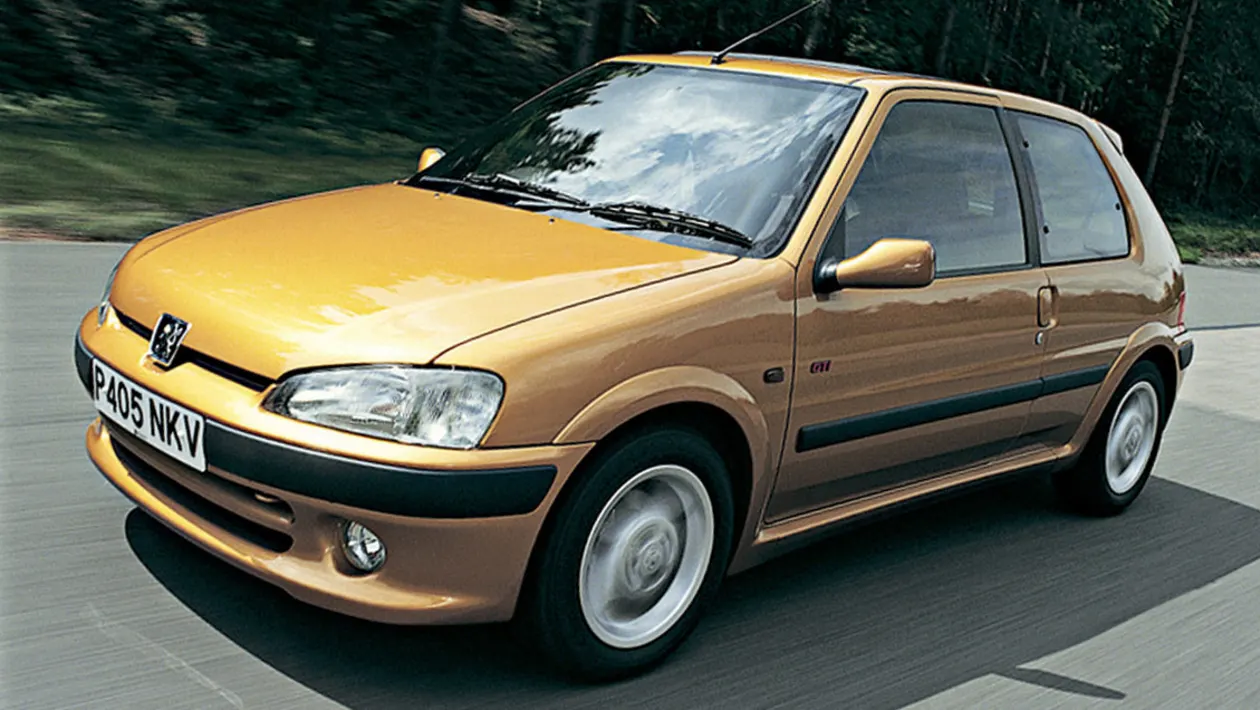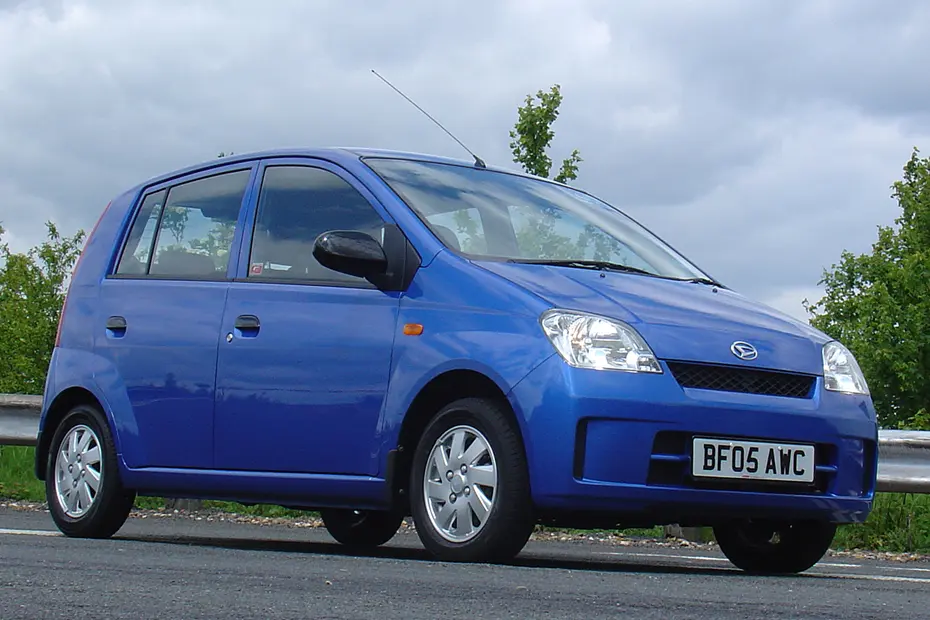Alex Unleashed on Cars- Mitsubishi EVO (Subaru's Mortal Enemy)
There have been plenty of great rivalries in the world of cars: Ford v Ferrari, Senna v Prost, Veyron v F1 etc. But the Subaru Impreza v Mitsubishi EVO has to be up there as one of the all time great rivalries.
These two cars defined an era in the late 90s and early 00s of humble saloon cars that could keep up and surpass purpose built sports cars all whilst having big boots, solid reliability and being relatively affordable, they were what the Quattro and Sierra Cosworth had been back in the 80s, the peoples supercars.
The first EVO, full title Lancer Evolution I, was launched back in 1992, 2 years before the Impreza Turbo. It had a powerful 247 BHP engine as well as a 4-wheel drive system from the Galant VR-4, it was also available in a lightweight RS trim with no alloys or even ABS. The next two EVO's II & III didn't change much from the original, mainly a power jump to 256 and then to 266, bigger alloys and fuel tank and the III got some more aggressive styling complete with a new huge rear wing.
The IV was built on whole new platform with the engine now mounted sideways to stop torque steer and a new turbocharger. This was also the first to feature Mitsubishi's Active Yaw Control which put simply monitors steering and throttle input to alter how much torque is sent to the rear wheels. When put into practice it means losing control of it is damn near impossible and if you try hard enough you might just get some oversteer.
When the Escort Cosworth ceased production in '96 the EVO was now the ultimate rallying machine, and as if to prove that statement, Mitsubishi won the WRC 4 years in a row, '96-'99 with Tommi Makkinen at the wheel and considering the fact that the EVO not being officially sold here that only added to it's mystique and lustre as a 4-wheel drive offroad supercar.
At last in 1999 the Mitsubishi EVO, now in new VI GSR trim would come to the UK through Ralliart. The power was now capped at 276 BHP as per the gentlemen's agreement between all the Japanese car makes but it was no longer limited to 112 MPH, it could now hit 150 MPH and hit 60 in 4.8 seconds complete with a double rear wing and very puffed up cheeks, like a squirrel with nuts in its mouth. The VI was a proper hard-edged rally car for the road effort, there wasn't much in the way of refinement, toys or a decent sized fuel tank (12.7 MPG if you thrash it) but that wasn't the point, it was supposed to thunder across A-roads with ease, and it can do it remarkably well, in the real world of dips, bumps and blind brows, not much could keep up with it.
Well except the Subaru Impreza 22B/P1, those two cars were damn near impossible to separate, same power and performance figures with only minor differences in weight and torque, only a properly skilled driver could tell you that the EVO can be made to oversteer and the Impreza stays mainly neutral when pushed. But to the average owner it was a case of which looks better and which makes the better noise.
Mitsubishi also made a special Tommi Makkinen edition to commemorate his 4 wins in the WRC, it wasn't much different from the standard VI with minor steering and suspension tweaks but is widely considered one of the best EVO's ever made.
From 2001 - 2005 the EVO was revamped on a 2 year basis, the VII was available bizarrely as an auto in GTA trim with 'fuzzy logic' (i'm not joking) that could learn a drivers driving characteristics, though the one you want was the lightweight RS model with a 0-60 time of just 4.2 seconds. This model also had another technical innovation in the use of an active central differential that lets the driver select if the car is on tarmac, gravel or snow which in turn alters power delivery to suit said conditions.
The VIII was arguably Mitsubishi's most complete model yet, with trims ran ging from a basic 260 all the way through: 276, 305, 320 & 340 to the supercar toppeling MR FQ-400 (there's a running joke that FQ stands for f*cking quick; and it is.) The VIII also had far much luxuries than previous models (it was also the first to be sold in the USA) and a lower centre of gravity thanks to better shock absorbers and reworked electronics meaning despite being much heavier than the early cars was much faster on the road and on the track, the 320 put in a 1:26.2, 3 seconds faster than Subaru's Impreza WR1 and the 400 did a 1:24.8 barely a second behind the Lamborghini Murcielago. What a machine!
The IX was more of the same only with a smaller engine range than the VIII, the most powerful being the short lived FQ-360 though at this point the recipe was starting to get a bit stale much like with the Impreza STi though both were still good cars.
The last EVO was the X launched in 2008. It was the first to come with a semi-automatic gearbox known as SST and was closer to the VIII in that it packed a much wider engine range than the IX. It was quite a bit heavier than the previous models but that mainly came from an effort to civilise the EVO with a bigger fuel tank and a more luxurious interior. It also had a new engine, still 2 litres with a turbo but reworked for better power delivery along with a new full time 4-wheel drive system featuring torque vectoring to alter how much is sent to either rear wheel.
After the EVO was discontinued in 2012, Mitsubishi became rather forgettable having refocused their brand on crossovers and off-roaders, but, briefly in 2015 they gave the EVO one final send off, 50 special 440 BHP versions all in silver with a 5-speed gearbox were made to give it a proper goodbye, hardly any performance figures were released for this special road rocket but if the previous 400s were anything to go off, then this thing could probably keep up with a Ferrari 458 up to at least 100 MPH. A road rocket would be the best way to describe it. A highly sophisticated and technically advanced road rocket might I add.
It is sad that since the EVO was canned Mitsubishi has largely fallen into obscurity. The EVO is a semi-civilised four-door saloon with the performance of a sports car that can provide thrills with hardly any of the spills, it's pure excitement and driving enjoyment wrapped up in an easy to use package. It's nothing short of incredible.
But the more important question is which car was better? Subaru or Mitsubishi? On a winding road or racetrack the EVO will leave the Subaru behind in its wake, with it's clever Yaw Control and Central Diff mean any potential mishaps are sorted out for you. But if your not going up right to the limit then the Impreza is just as good as the EVO no matter which model your looking at whether its an early Turbo/EVO I or a late STi/EVO X. So, with that in mind along with bearing refinement, reliability and costs, I would say the Subaru Impreza overall won this battle.
Year Produced: 1992 - 2015
Engine: 2 Litre Turbocharged 4-Cylinder
Top Speed: 144 - 175 MPH
0-60: 5.5 - 3.5 Seconds
Power: 247 - 440 BHP
Torque: 228 - 412 Ib/ft
Weight: 1190 - 1585 KG
Rivals:
EVO I-VI: Subaru Impreza Turbo/22B/P1, Ford Escort RS Cosworth, Lancia Delta HF Integrale, Nissan Skyline GT-R
EVO VII - X- Subaru Impreza WRX STI, Audi S3/RS3, Renaultsport Clio V6, Lotus Exige




Comments
Post a Comment